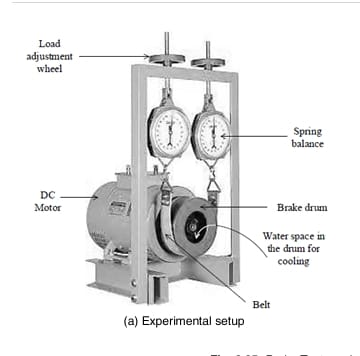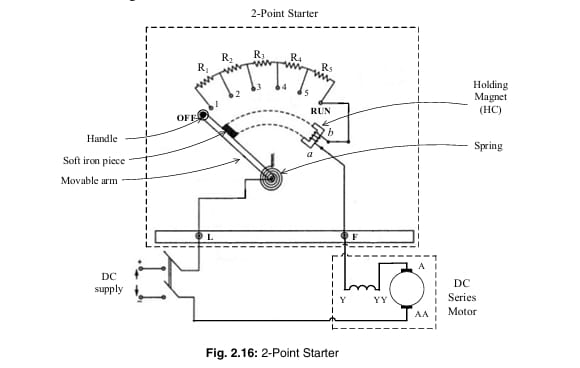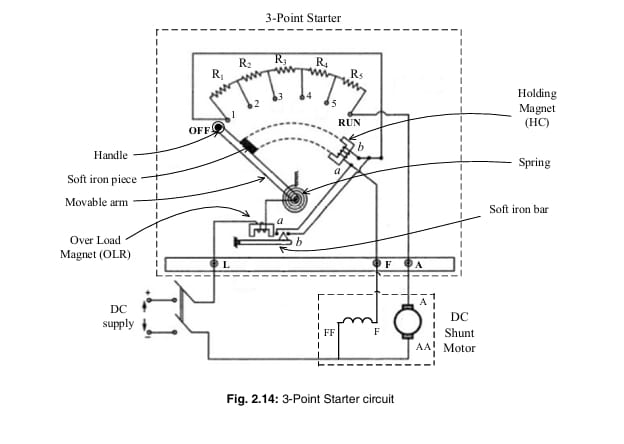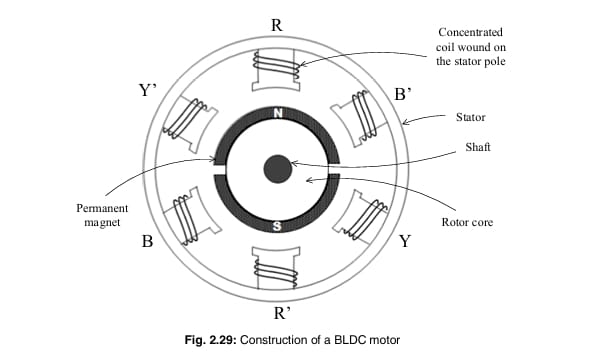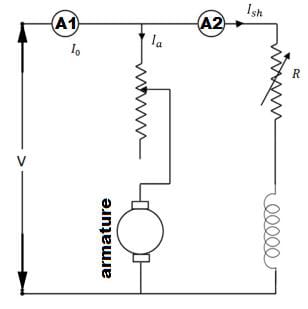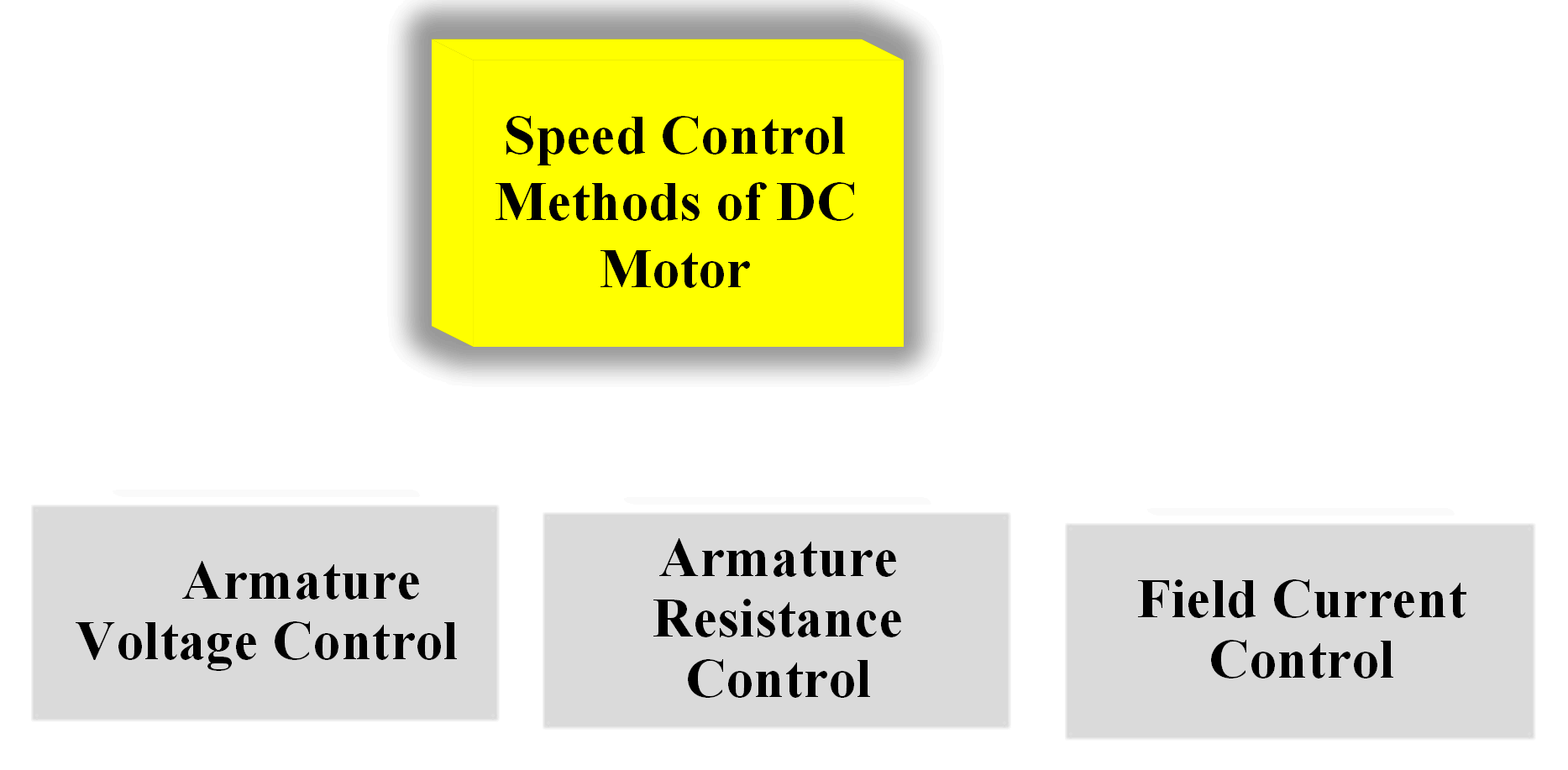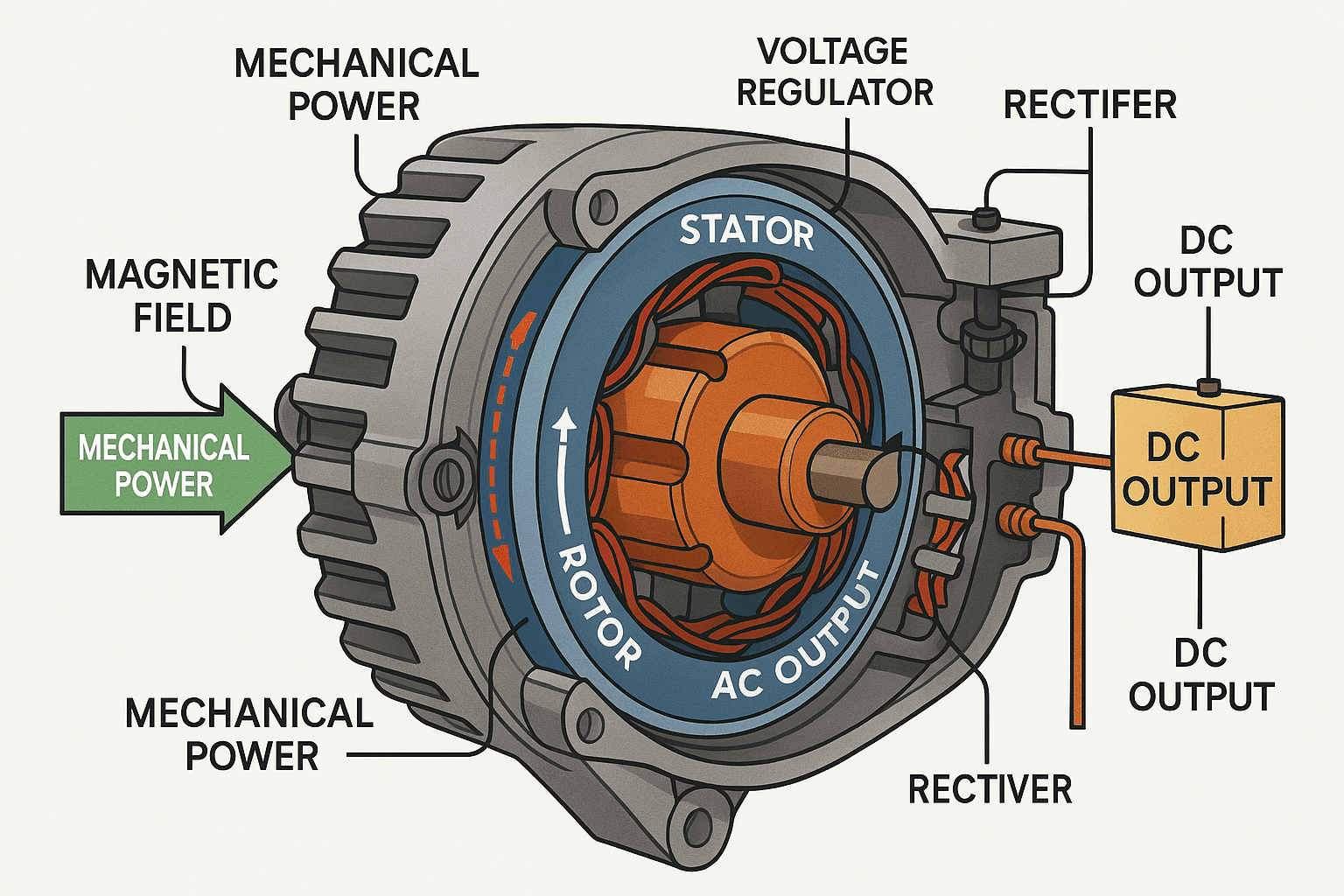brake test of dc motor: Working, efficiency,Advantage and disadvantages
Understanding the brake test of dc motor: Imagine trying to find out how well a DC motor is working—how much of the electrical power it uses turns into useful mechanical work. One easy and direct way to check this in a lab is by do something called a Brake Test. Let’s break it down in … Read more

